Cotton market strategy brings China and Brazil closer together
Business and Markets |
China wants to guarantee the supply of an uncontaminated product on the scale required to meet the needs of the thriving textile industry. Brazil aims to become the largest global exporter. Abrapa and CNCE are holding an event to strengthen cooperation between the two countries.
On one side of the table, is the biggest cotton buyer in the world. On the other side, is the country that has already consolidated itself as the second largest global exporter which has the real potential to take the lead in the coming years. With complementary objectives, China and Brazil took another step yesterday (17th) to widen the partnership between Brazilian cotton growers and Chinese textile mills.
During the “Cotton Brazil Harvest 2021 Roundtable” webinar, Chinese industrialists put forward their questions and suggestions on how Brazilian cotton can increase its presence in the local market. The event was promoted by the Brazilian Association of Cotton Producers (Abrapa), the National Association of Cotton Exporters (Anea) and the Brazilian Trade and Investment Promotion Agency (Apex Brasil), in partnership with the China National Cotton Exchange (CNCE) and the Brazilian Embassy in Beijing.
Representing more than 5,000 Chinese cotton buyers, CNCE was set up in 1997 by the Chinese central government and is currently the largest cotton trading platform in China. It brings together more than 4,300 spinning mills responsible for 90% of Chinese domestic consumption in addition to 90% of domestic cotton traders.
Yang Baofu, CNCE director, attested to the quality of Brazilian cotton and the Chinese interest in maintaining cooperation with the Brazilians. “Abrapa has raised the quality of the product, especially by guaranteeing contamination-free cotton, which is highly regarded in China. We both have the same mission: to create a better future for cotton in China and in Brazil,” he said yesterday during the webinar.
“This is the fourth major event we have held in China this year alone and it has been agreed with CNCE that we will be co-organizers of two major textile sector conferences in China in 2022. This is proof of the determination and willingness of the Brazilian growers to strengthen our partnership with the Chinese textile industry and with CNCE support we are going to work with the Chinese customs authority to establish the best cotton classing practices”, Abrapa president Júlio Busato revealed.
Brazil is currently the second largest cotton exporter in the world and to China itself, which, despite positioning itself as the world’s second largest cotton producer, is unable to fully meet its domestic demand. This places it as the largest fiber consumer meaning it needs to open extra import quotas beyond the fixed volumes annually defined by the government.
According to the US Department of Agriculture (USDA), Chinese production was 6.4 million tonnes in the 2020/2021 harvest, but demand will be 8.7 million tonnes. For the 2021/2022 harvest, the expected production volume is 5.8 million tonnes (-9.3%), with forecasts that the sector will require 8.9 million tonnes (+2.5%). It is estimated that Chinese imports will exceed 2 million tonnes for the second consecutive year.
In the current cycle, Brazil has shipped 97,500 tonnes up to the second week of September. Although the forecast for the 2021/22 business year is 1.8 million tonnes, below the 2020/21 level, the outlook is for China to continue absorbing a third of this volume.
“Our numbers indicate that Brazil will continue to grow in production and exports and this growth will be achieved through gains in productivity. This is just one of the reasons that positions our country as a reliable provider of a quality, sustainable product in high quantity”, reiterated the Brazilian ambassador in Beijing, Paulo Estivallet de Mesquita.
Global logistics will be an important factor in this future scenario, warned the president of Anea, Miguel Faus. “Not only in Brazil, but in the whole world, since we are already facing serious bottlenecks on a global scale that are impacting all commercial activities”, he pointed out.
Nicole Wang, general manager of The China National Cotton Group Corp (CNCGC), was one of the representatives of the Chinese textile market to participate in the roundtable with Abrapa and CNCE. “We asked if the port of Manaus could be a viable option to help reduce the pressure on the Port of Santos, which currently accounts for 97% of cotton shipments. We know that logistics is not an issue within the grower´s control, but it is a crucial point for us”, said Nicole.
Although there are ongoing projects and investments in the ports of the so-called “Arco-Norte” (Northern Arc), Fauss explained that due to the fact that the internal cost of transporting to Santos is still cheaper for the cotton grower, the port there will likely maintain its importance for the coming years. “There are efforts being made by the private sector to increase the options but for cotton produced in Mato Grosso state, which is where most Brazilian cotton comes from, Santos is still the best option and this is unlikely to change in the medium term,” he explained.
Zhou Quantao, general manager of the Yinlong Group of textile mills expressed his concern with the stickiness of some bales, a characteristic that is also found in some North American shipments and as well as in cotton produced in China. “Ideally we will always be able to have high-strength, long fiber cotton. Brazilian cotton strength is very good, very high compared to that from other countries. But we have to improve the stickiness aspects so as not to damage the machinery”, he explained.
Busato explained that Abrapa is already working with Brazilian growers to analyze the relationship between the cotton seed used and the levels of stickiness found. “Whenever we identify an occurrence, we advise the supplying grower to reassess their production cycle”, he said.
The new label that will be used on cotton bales for the 2021/22 harvest was presented to the Chinese industrialists. This is one of several improvements in the traceability program that Abrapa is developing this year. “The buyer just needs to read the QR Code on each label to be able to access all the information about the product, from its intrinsic characteristics, to levels of quality and the origin where it was produced. Since 81% of Brazilian cotton is certified by Abrapa, 81% of our production can be accessed from the importer’s cell phone”, explained Marcelo Duarte, Abrapa International Relations director in charge of the Singapore office.
The webinar and roundtable with Chinese industrialists was hosted by Cotton Brazil, an international program for the promotion and dissemination of Brazilian cotton. Conceived by Abrapa, the program is run together with the Brazilian Trade and Investment Promotion Agency (Apex), with support of the National Association of Cotton Exporters (Anea) and the Brazilian embassies in Asia.






